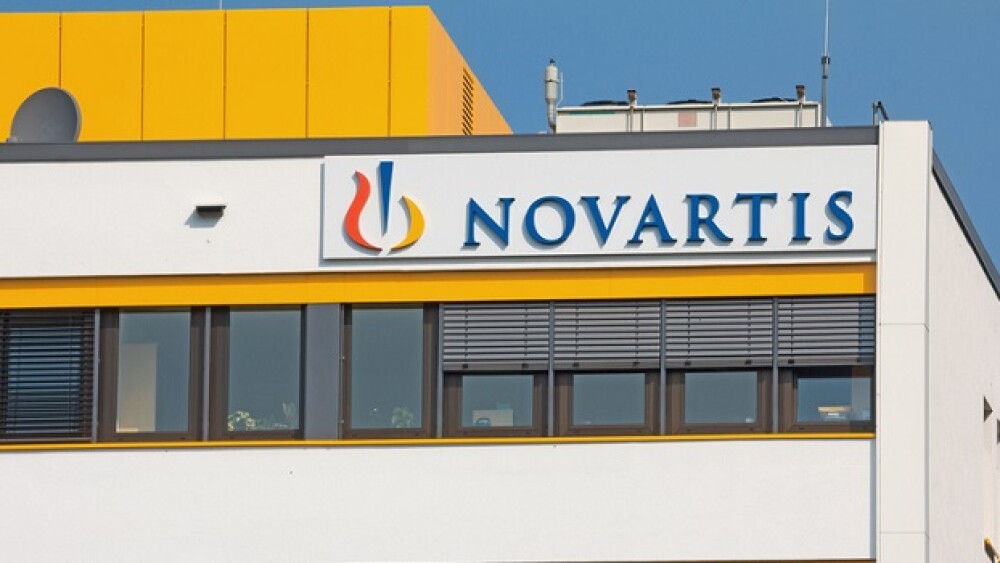UCLA researchers report gene therapy may correct a rare creatine deficiency disorder that results in intellectual disabilities, issues with speech, involuntary movements and recurrent seizures.
The University of California Los Angeles (UCLA) has published a promising study that shows gene therapy may correct a rare creatine deficiency disorder that results in intellectual disabilities, issues with speech, involuntary movements and recurrent seizures.
The study utilizes gene therapy to gradually correct abnormal creatine and guanidinoacetic acid (GAA) levels in mouse subjects with an extremely rare genetic disorder that affects creatine levels. The disorder, guanidinoacetate methyltransferase (GAMT) deficiency, is standardly treated with early creatine supplementation and optional investigational therapies.
The disorder is named for the deficiency in a key enzyme involved in creatine synthesis, GAMT. GAMT enzymes are responsible for the methylation of GAA to synthesize creatine, which is then circulated to bodily tissues. Without a functioning creatine synthesis pathway, GAA levels can accumulate to toxic levels while the body suffers from a lack of creatine.
In the study, the research team used an existing viral vector system intended for gene therapy to deliver a non-mutated GAMT gene. With this functioning gene, the mice developed normalized creatine and GAA levels by day 30. The subjects were monitored for one year to observe the effects this had on GAMT deficiency symptoms.
According to the National Organization for Rare Disorders (NORD), GAMT deficiency management requires multidisciplinary medical attention. The brain needs creatine to function, so routine neurologist visits are necessary. The hereditary nature of the disorder beckons for geneticist consultation. Dieticians are required to ensure the patient intakes creatine-rich foods and supplementation. To manage muscle weakness and movement-related symptoms, physical therapists routinely work with patients with GAMT deficiency.
Additional manifestation is seen through seizures, behavioral problems and intellectual or developmental difficulties. If left untreated and unmonitored, GAMT deficiency can lead to the development of kidney disease. Globally, as of 2015, only 110 patients with GAMT deficiency were reported. The low prevalence is likely due to the autosomal recessive hereditary pattern, through which a mutated, non-functional GAMT gene must be passed down from each parent.
“What we’ve been able to demonstrate is that adult mice treated with this therapy now have normal cognitive activity, which was abnormal before the gene therapy,” said Gerald S. Lipshutz, M.D., study author and an affiliate of the UCLA Department of Surgery and the Intellectual and Developmental Disabilities Research Center at the Jane and Terry Semel Institute for Neuroscience and Human Behavior. “While the human brain and learning is more complex than that of the mouse, we hope that permanently lowering GAA toxin levels in the brain will lead to correction of cognitive and behavioral abnormalities for human patients.”
As described by Lipshutz, the gene therapy method corrected the GAMT deficiency and allowed bodily functions to return to normal. The next steps for this investigational therapy will be to determine whether human trials are plausible, and a lower dose might be required to ensure patient safety.
The findings were published in the scientific journal Molecular Therapy: Methods and Clinical Development. While this first phase of research was funded by a grant from the U.S. National Institute of Health and the Association for Creatine Deficiencies, it is unclear how additional research will be funded.





